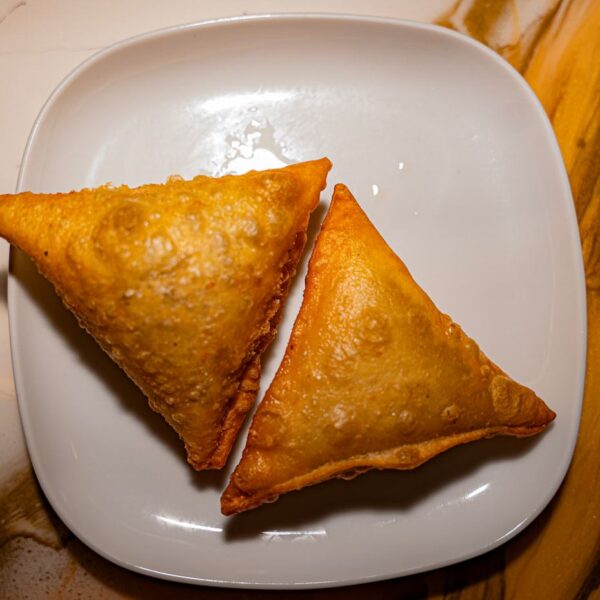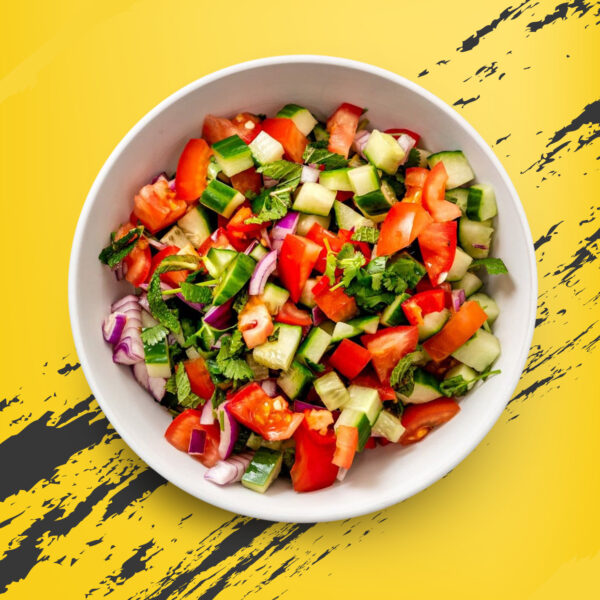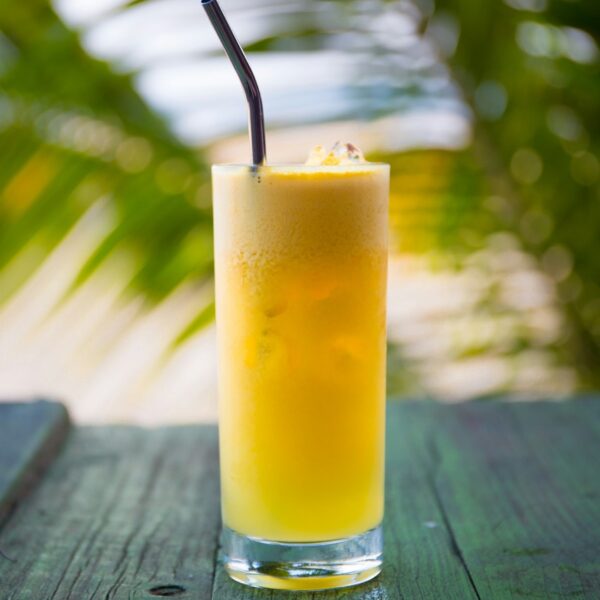Keeping fruits and vegetables fresh is essential not only for preserving flavor and nutrients but also for reducing food waste and saving money. Improper storage can cause food to spoil quickly, leading to unnecessary trips to the store and lost produce. In this comprehensive guide, we explore the best ways to store fruits and vegetables for freshness—whether you’re storing them short-term for the week or aiming to make your groceries last longer.
Why Proper Storage of Fruits and Vegetables Matters
Storing produce correctly helps in:
- Maintaining maximum freshness and taste
- Retaining nutritional value
- Reducing spoilage and mold
- Saving on grocery bills
Let’s break down the best storage methods for popular fruits and vegetables, how to store them together or apart, and the tools that help prolong shelf life.
Best General Storage Tips for Fruits and Vegetables
1. Keep Ethylene Producers Away from Sensitive Items
Ethylene gas is naturally released by some fruits and vegetables. While it helps ripen produce, too much can cause spoilage.
High ethylene producers include:
- Apples
- Bananas
- Avocados
- Tomatoes
- Pears
- Mangoes
Ethylene-sensitive items include:
- Leafy greens
- Carrots
- Broccoli
- Potatoes
- Cucumbers
Tip: Store high ethylene producers away from sensitive items to slow down decay.
2. Use Ventilated Storage and Keep Produce Dry
Moisture is the enemy of freshness. Too much humidity causes mold and rot.
- Use paper towels to absorb excess moisture in containers or produce bags.
- Choose perforated plastic bags or mesh produce bags to allow airflow.
- Line the fridge crisper drawers with paper towels to absorb condensation.
How to Store Vegetables for Maximum Freshness
Leafy Greens (Spinach, Kale, Lettuce, Swiss Chard)
- Storage Method: Rinse, dry completely, and wrap in paper towels.
- Where to Store: In a container or plastic bag in the fridge’s crisper drawer.
- Shelf Life: 5 to 7 days.
- Pro Tip: Never store greens when wet—they wilt faster.
Carrots, Radishes, and Beets
- Storage Method: Remove leafy tops and submerge in water or wrap in paper towels.
- Where to Store: Airtight container or produce bag in the fridge.
- Shelf Life: 2 to 3 weeks.
- Pro Tip: Change the water every few days if stored submerged.
Broccoli and Cauliflower
- Storage Method: Wrap loosely in a damp paper towel or perforated plastic bag.
- Where to Store: In the fridge, preferably in the crisper drawer.
- Shelf Life: 5 to 7 days.
- Pro Tip: Avoid airtight containers—they trap moisture and cause spoilage.
Cucumbers
- Storage Method: Wrap in a paper towel and place in a loose plastic bag.
- Where to Store: Fridge crisper drawer.
- Shelf Life: 4 to 5 days.
- Pro Tip: Don’t store near bananas or tomatoes.
Bell Peppers
- Storage Method: Keep whole and unwashed.
- Where to Store: In a produce bag or container in the fridge.
- Shelf Life: Up to 2 weeks.
- Pro Tip: Once cut, store in a sealed container with a paper towel inside.
Mushrooms
- Storage Method: In a paper bag, not plastic.
- Where to Store: Fridge.
- Shelf Life: 4 to 7 days.
- Pro Tip: Don’t wash before storing; moisture leads to slime.
Onions, Garlic, and Shallots
- Storage Method: In a mesh bag or basket for ventilation.
- Where to Store: Cool, dark, dry pantry or cupboard.
- Shelf Life: 1 to 2 months.
- Pro Tip: Don’t store onions and potatoes together—onions release moisture that can spoil potatoes.
Potatoes
- Storage Method: Paper bag or basket; never plastic.
- Where to Store: Dark, cool, and dry area—away from sunlight.
- Shelf Life: 3 to 5 weeks.
- Pro Tip: Remove any sprouting potatoes immediately to prevent spread.
Tomatoes
- Storage Method: Store at room temperature stem side down.
- Where to Store: On the countertop.
- Shelf Life: 5 to 7 days.
- Pro Tip: Refrigeration dulls their flavor—only refrigerate fully ripe tomatoes.
How to Store Fruits for Longer Freshness
Apples
- Storage Method: Keep in a plastic bag with holes or a crisper drawer.
- Where to Store: In the fridge for longer shelf life.
- Shelf Life: 3 to 4 weeks.
- Pro Tip: Keep separate from leafy greens and cucumbers.
Bananas
- Storage Method: Hang them or place on the counter.
- Where to Store: Room temperature.
- Shelf Life: 5 to 7 days.
- Pro Tip: Wrap stems with plastic wrap to slow ripening. Refrigerate when overripe to extend usability.
Berries (Strawberries, Blueberries, Raspberries)
- Storage Method: Remove from original container. Rinse only before eating.
- Where to Store: Paper towel-lined container with lid slightly ajar.
- Shelf Life: 3 to 7 days.
- Pro Tip: You can soak in vinegar solution (1 part vinegar to 3 parts water), rinse, and dry completely to kill mold spores.
Grapes
- Storage Method: Keep in perforated bag or breathable container.
- Where to Store: In the fridge.
- Shelf Life: Up to 2 weeks.
- Pro Tip: Don’t wash before storing. Moisture can cause mold.
Citrus Fruits (Oranges, Lemons, Limes, Grapefruit)
- Storage Method: Can be kept at room temperature or refrigerated.
- Where to Store: Fridge for longer shelf life.
- Shelf Life: Up to 3 weeks.
- Pro Tip: Store in mesh or breathable produce bags.
Avocados
- Storage Method: Leave at room temperature to ripen. Once ripe, refrigerate.
- Where to Store: Counter first, then fridge.
- Shelf Life: 4 to 7 days after ripening.
- Pro Tip: If cut, store with the pit and brush with lemon juice to reduce browning.
Pineapple, Mangoes, Papayas
- Storage Method: Ripen at room temperature, then refrigerate.
- Where to Store: Fridge once ripe.
- Shelf Life: 3 to 5 days after ripening.
- Pro Tip: For cut fruits, store in airtight containers.
Watermelon, Cantaloupe, Honeydew
- Storage Method: Whole melons can be kept at room temperature.
- Where to Store: Fridge after cutting.
- Shelf Life: 3 to 4 days once cut.
- Pro Tip: Store cut melons in airtight containers; use plastic wrap for halves.
Produce Storage Tools Worth Investing In
1. Produce-Saving Containers
Specially designed containers with vents and drainage trays help regulate airflow and moisture.
2. Reusable Silicone or Mesh Bags
Eco-friendly and breathable alternatives to plastic bags for better airflow.
3. Paper Towels and Vinegar Spray
Absorb moisture and reduce mold; vinegar spray disinfects and prolongs shelf life for berries.
What Not to Do When Storing Fruits and Vegetables
- Don’t wash produce before storing unless instructed (too much moisture = mold).
- Don’t seal everything in airtight containers—many fruits and veggies need air.
- Don’t ignore the temperature. Some produce hates the cold (like tomatoes and bananas).
Quick Reference Table: What Goes Where
| Produce | Storage Location | Special Note |
|---|---|---|
| Tomatoes | Countertop | Never refrigerate unless very ripe |
| Apples | Fridge | Keep away from leafy greens |
| Bananas | Countertop | Wrap stems in plastic |
| Carrots | Fridge (wrapped) | Remove tops before storing |
| Leafy Greens | Fridge (in container) | Wrap in paper towels |
| Berries | Fridge | Don’t wash before storing |
| Onions | Pantry (cool, dry) | Keep away from potatoes |
| Potatoes | Pantry (cool, dark) | No plastic bags |
| Cucumbers | Fridge | Avoid storing near apples or bananas |
| Mushrooms | Fridge (paper bag) | Avoid airtight containers |
Final Thoughts
Learning the best ways to store fruits and vegetables can help reduce waste, preserve nutrients, and save money. Simple changes in storage habits—such as separating ethylene producers, drying leafy greens properly, or using breathable containers—can significantly improve the shelf life and taste of your produce.
With this complete guide, your kitchen will stay fresher longer, your meals will taste better, and your groceries will stretch further.
Beehive Restaurant and Lounge is a vibrant culinary destination in Portland, Oregon, offering a unique blend of authentic African cuisine infused with the sweetness of honey. Whether you’re joining us for a meal or a special celebration, Beehive is your hive of warmth, hospitality, and exceptional culinary delights. Connect with us on social media and join our community to stay updated on our latest offerings and events!








